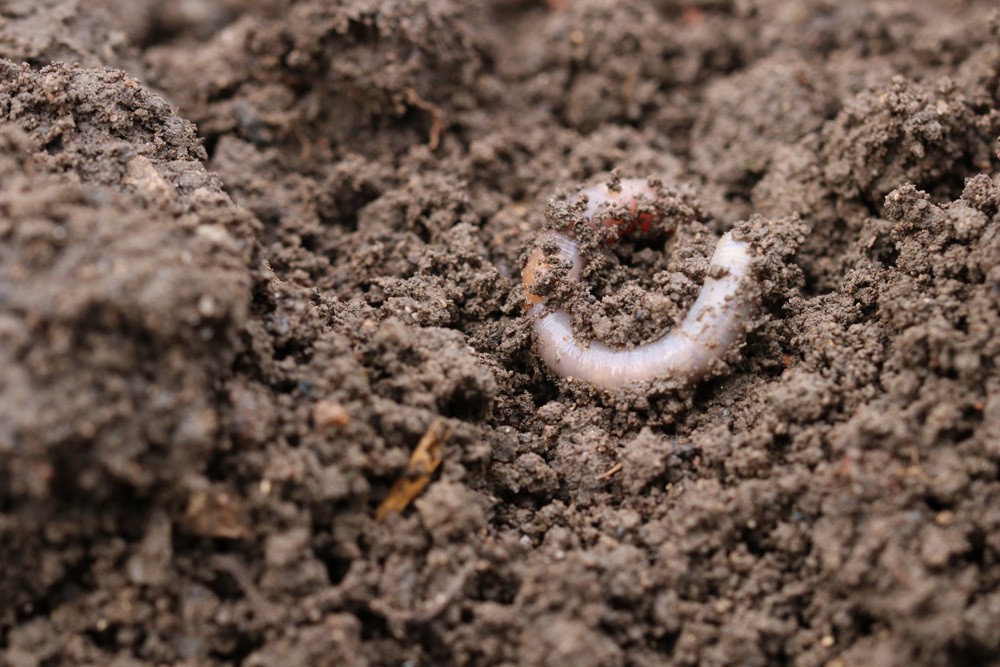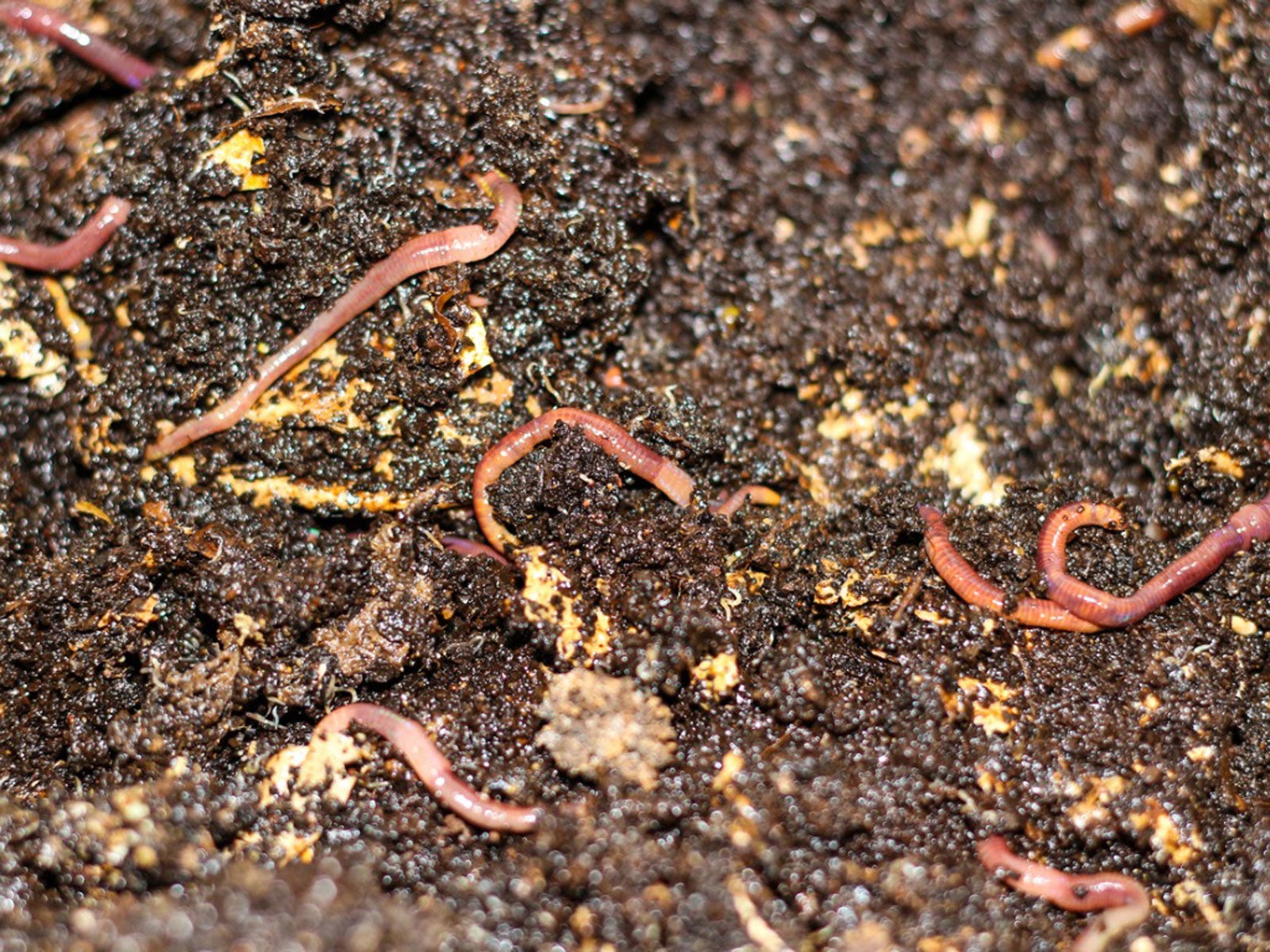
If there are worms in the potting soil, then this does not necessarily mean that these are pests. Because if these are earthworms that have entered the soil, then they loosen the substrate. But there are other small worms that have nested in the potting soil of houseplants. How you can fight them, we explain in the following article.
A worm = a pest?
As a rule, the long brown or white animals are not pests, rather they are very useful for the garden soil. In a flower pot, however, the food that the potting soil provides here is rather small. Then it may well happen that in the case of a large population the plant is affected, as the wriggling animals eat it in search of food.
Do not fight earthworms
Earthworms are rarely found in the potting soil of houseplants. But every now and then this can still happen. These mainly loosen up the garden soil and are not pests that could infest the plants, but are useful. Nevertheless, not everyone likes to have earthworms in the flower pot on the windowsill. Then it helps to water the soil and remove the worms that come up and put them back out in the open. It is important here that the plant can dry well afterwards.
Therefore, always place the pot in the garden slightly elevated or on a terrace or balcony, then the earthworms usually do not get into the pot soil.
Echyträen in potting soil
Echyträen are small, white worms that are about five to thirty millimeters long and appear transparent. These worms are even farmed for fish food. Echyträen are not harmful to the plant, but it is not a pretty picture when the substrate in the tub is populated by small worms that move on the surface of the soil. If the echytraea are disturbing, then they can be gently removed by simply pouring out the potting soil in the garden bed and giving the plant new substrate. As a rule, the echytraea do not get into the potting soil from the outside, but are already brought from the specialized trade in the sealed soil bag and thus put into the pot.

Get rid of worms in potting soil
Replace potting soil
As soon as worms are discovered in the tub, one of the first measures can be to replace the tub soil. This first aid is very effective if the exchange is done properly. Therefore, the following procedure should be followed:
- Carefully remove the plant from the pot
- shake off the roots and wash them off if necessary
- do not leave old potting soil on the roots
- shake out the pot
- can also be in the garden
- alternatively treat old potting soil in the oven or microwave oven
- clean the pot well inside and outside
- possibly disinfect
- use pure alcohol from a pharmacy
- prepare the pot with drainage and substrate again
- reinsert the houseplant
If you replace the potting soil due to worm infestation, you can, if necessary, also directly use a new, larger tub to provide more space for the houseplant and repot it at the same time with this step.
Baking” substrate
Even if it sounds strange, but purchased ready-made soil from the garden store can, depending on the quality, already contain small worms, which thus get into the tub to the houseplants. Therefore, it is helpful to already put the purchased soil in the oven before using it. Thus, you remove all uninvited guests in the substrate before planting the houseplant. When baking should be done as follows:
Put baking paper on baking tray
spread the soil
heat to 220° Celsius
leave in the oven for about 20 minutes
Since the substrate quickly becomes dry, the oven should not be left out of sight, so that a possible fire can not start here. After baking, remove the baking tray together with the soil from the oven and let the substrate cool down well. Only when it has become cold, put it in the bucket and water it well.
Use nematodes
If they are not real worms, but maggots that do their mischief in the soil, then this will later become pests, so you should definitely fight them. Even though maggots and worms have nothing in common biologically, they can easily be confused by a layman. Against maggots you can use nematodes. This involves the following:
Nematodes available in garden stores
are given with the watering water
natural control
nematodes that feed on the maggots
The advantage of nematodes is that they are also worms, but they remain underground. Once all the pests are controlled, the nematodes also die back because they no longer find food.
Let the buckets dry
Sometimes it helps to simply let the tub soil dry. A worm does not tolerate dryness and dies. But in this case, it must be ensured that the plant can tolerate a certain dry period as well. Therefore, letting the potting soil dry is not suitable for every plant.

